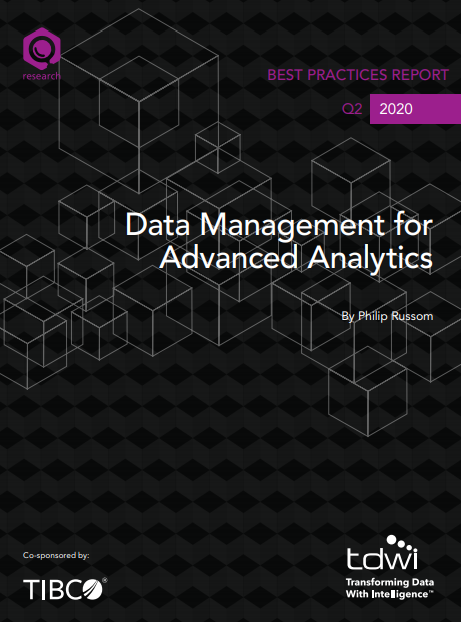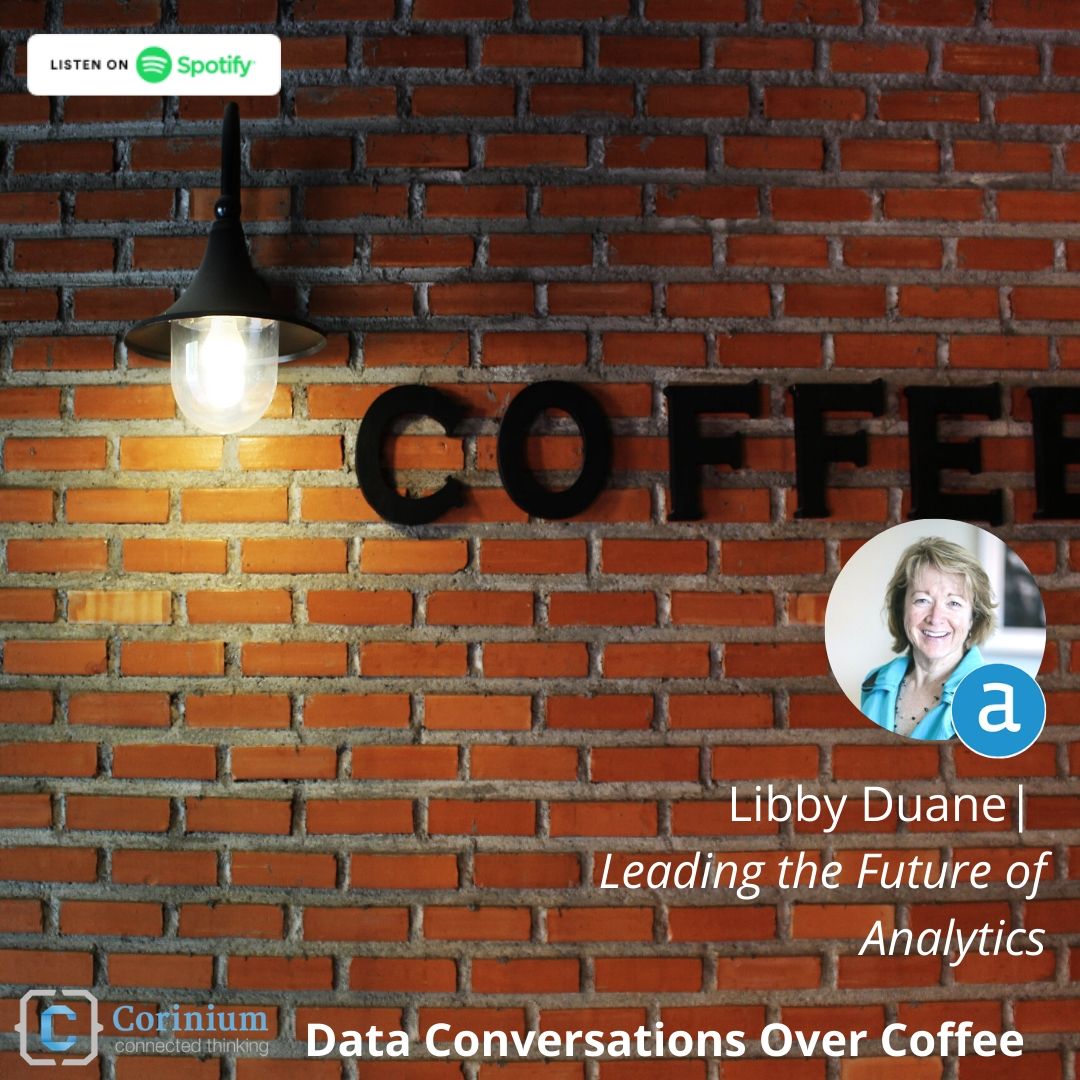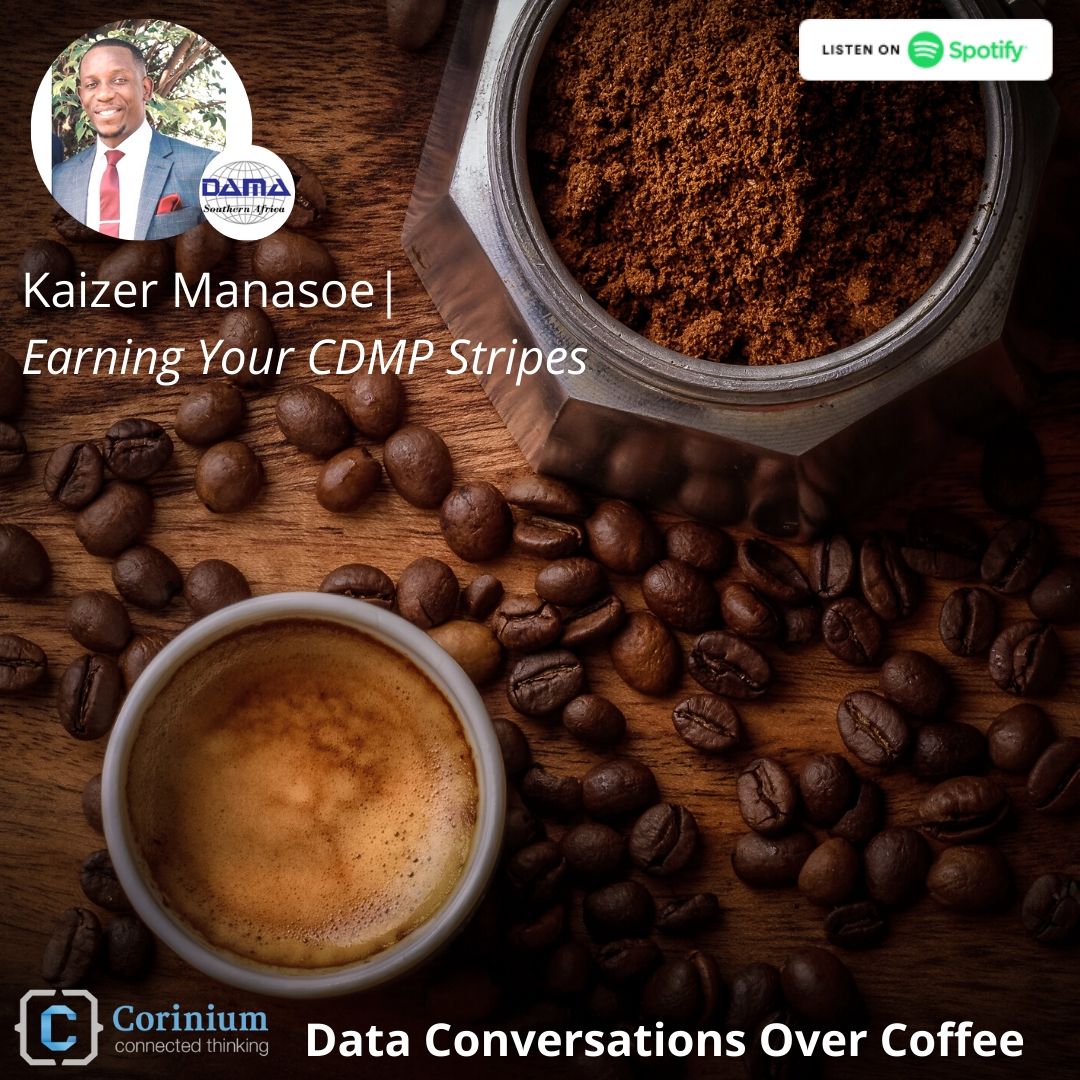Leandro Cresta, Latin America IT Director at stationery, lighter and razor company Bic, talks about creating and securing executive buy-in for the company’s data strategy, and the changing role of the CDO
 You are the architect of Bic’s five-year strategic roadmap for data and analytics. Would you please tell our readers what the company hopes to achieve over that timeframe?
You are the architect of Bic’s five-year strategic roadmap for data and analytics. Would you please tell our readers what the company hopes to achieve over that timeframe?
The most important objective is to address both current and future business needs.
We started the whole exercise engaging with key stakeholders and influencers worldwide, from different geographies, business units and functions, to listen to their needs and aspiration. As a result of this exercise, and with a glimpse of futurism, we decided on the following goals:
- Accessibility to data transversally [i.e. universally] across systems and geographies near real-time
- Built-in capabilities to report, visualize, mine and explore data autonomously
- The possibility to evolve from data and reaction to information and pre-emption
- The availability of solutions anywhere, anytime, for anyone
- Flexibility, scalability and cost efficiency
How far are you through that journey today? What have been your greatest data and analytics achievements at Bic to date?
We are almost halfway through our journey.
The first version of the platform was born on 2018, developed in less than six months and fully based in the cloud.
Within the first 18 months of operation and refined input from our users, we have already evolved the platform to its second version, including all key components enabled by Microsoft in the cloud and greatly enhancing data models and usage of reporting and analysis services.
Even though this evolution may seem very technical, it’s yielded significant business benefits through enabling key stakeholders to materialize results for integrating data universally across systems and displaying graphical information worldwide.
Among a few business products I could cite include a human resources dashboard that integrates all employee-relevant data and a spending pool analysis tool that is enabling our group purchases department to cash in significant savings when negotiating new global spending pools.
What would you say are the biggest challenges you’ve faced while developing Bic’s data capabilities? And what lessons have you learned from them?
First and foremost was convincing our company board that we would achieve our goals. They looked great on PowerPoint, but were thought to be easier said than done.
But we have had a very well thought through approach, running a few mock ups and proofs of concept with key vendors in the market before picking up the right partner that would deliver our needs.
We also worked with agility, prototyping, failing, testing, enhancing and building up interactively.
Would you please tell us a little about Bic’s global data warehouse? Why did you opt for an EDW over a global data lake?
We built our entire platform in the cloud, using the full stack from Microsoft: Azure, Microsoft SQL, SSIS, SSRS and SSAS. Not even to mention the full integration with Office 365 and Power BI, as well as the availability of a myriad of additional services and algorithms.
We started with an Operational Data Stage and an Enterprise Data Warehouse two-layer approach to ensure fast adoption and early benefit delivery. But now, as part of version two, we have already incorporated data lakes and Blob storage.
Who do you think an organization’s CDO should report into, and why? It seems quite common for data leaders to be part of a company’s IT organization in Latin America. But elsewhere, data is often treated as a separate function, with the CDO reporting directly to the CEO.
There would never be one single answer for this question.
Bic, for example, does not yet have a CDO, even though our strategy clearly articulates the importance of considering data a core company asset. We shifted our approach to deliver the platform first, in order to support the quest to continue influencing our business stakeholders on the importance of data, including quality and governance.
As such, a future role of a CDO could report directly to the CEO as you mentioned, and could be embedded into the role of a Group CIO or even be part of a business function. It will depend mostly where the enterprise considers data to be its most strategic company asset to deliver growth.
As someone who oversees a global team of 50+ people, what leadership advice can you share with data leaders who might have less experience managing such a large number of staff?
First and foremost: engage with each one of your team members, both the ones reporting to you and your peers or influencers. The wisdom and art to engage, enable, empower and be empathetic with your people is as important as the ability to envision the future and steer a business.








